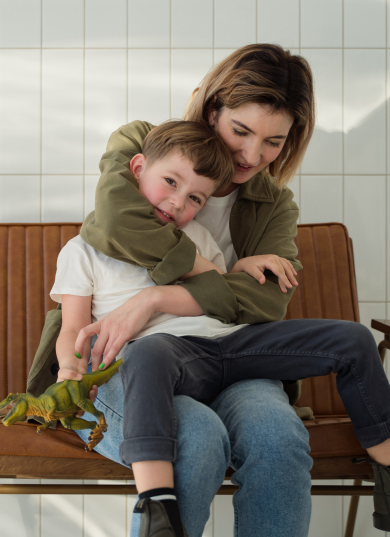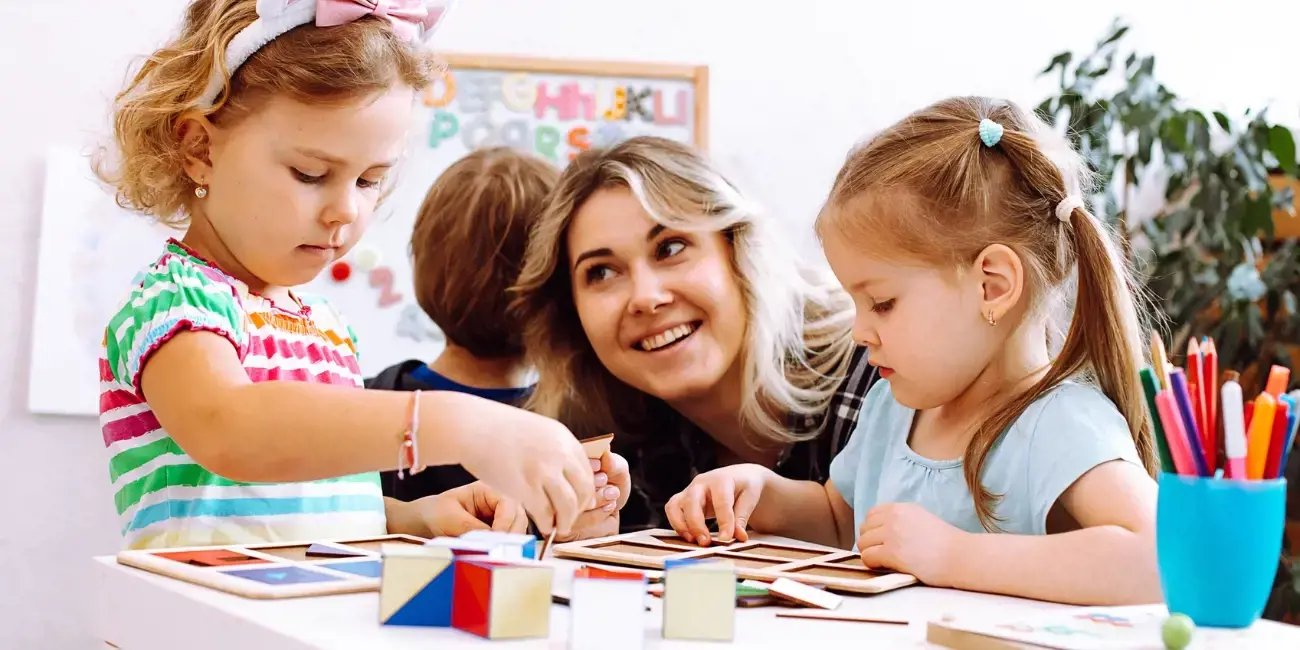Childcare providers are well aware of the fact that the first three years of life are a critical period for children's emotional development and well being.
New research has shown that recognising and helping children deal with stress during these early years will better prepare them for life's hurdles later on.
Associate Professor Dr Margaret Sims, from Perth's Edith Cowan University, has shown that good quality childcare environments can actually reduce stress levels and may prevent children from developing behaviour problems in later life.
By studying levels of the stress hormone known as cortisol in children attending child care Professor Sims has shown that children's stress levels drop when they attend high quality child care centres.
Childcare providers can help babies and toddlers overcome stress by:
- (re)establishing a safe and routine-based environment which ensures children know what to expect in their day
- Helping children establish a sense of security and trust in their adult care givers
- (re)introducing laughter, joy, play and exploration into their lives'
- Supporting and comforting children who are upset or distressed
Kay Margetts from the University of Melbourne says it is extremely important for babies and toddlers to develop meaningful relationships with their care givers and that these relationships work to ensure children can sustain good relationships through their life.
She says that strong relationships reduce stress levels and encourage the development of children's language, social, emotional and cognitive skills.
The primary caregiver approach
To achieve this in the childcare environment Dr Margetts promotes the primary caregiver approach which sees child carers allocated to particular children over an extended period of time rather than a particular age group or room of children.
For example a care giver would be responsible for the same children each week even though the children who make up that group might change on different days of the week and would be responsible for all aspects of care. Including meeting and greeting families, mealtimes, nappy changing, toileting, sleeping, playing, maintaining relationships with parents, record keeping and planning.
'The primary caregiver will know a few children and their families very well, and will know others a little,' says Dr Margetts.
In addition to reducing children's stress levels the primary caregiver approach:
- Helps children and adults form strong bonds and trusting relationships
- Encourages children to explore their environment and their relationships with others
- Assists children and adults to learn each other's rhythms and responses and to anticipate behaviours
- Fosters consistency with home care practices
- Ensures children who are not securely attached to their parents are able to develop an attachment with a compensatory adult
- Improves communication between parents and caregivers through the development of a relationship with a primary caregiver with who they can share information.
Dr Margetts claims it makes sense to limit the number of staff with whom an infant or toddler interacts with each day and says the primary caregiver approach enables this to happen.
'This approach enables staff to develop relationships with individual children, supports relationships with families, empowers staff and should reduce the stress experienced by children and staff and facilitate positive conditions for children's development,' she says.


































